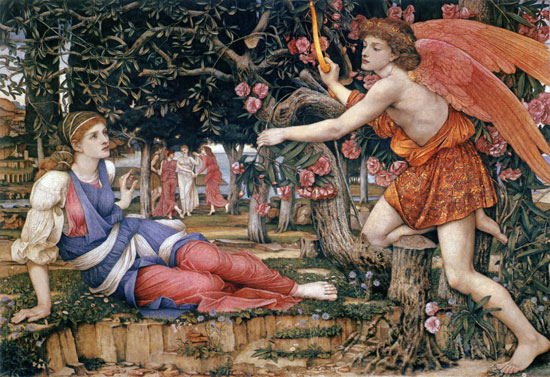 |
| 'Girl with a Book' (date not found) by Pietro Antonio Rotari ; location not found |
I just recently discovered Italian painter Pietro Rotari, born on 30 September 1707 and died on 31 August 1762, through another blog. I immediately fell in love with this painting of a girl with a book. Googling his other paintings, I saw that there were more nice ones, like this and this one. I like Young Woman with a Fan a lot too. Born in Verona, Rotari studied in Venice, Rome and Naples. He returned to Verona in 1734 where he set up a private painting academy and produced historical and religious paintings that brought him national and international fame. He travelled further to Vienna and Dresden to work for aristocratic and royal patrons. In Dresden he received an invitation of Empress Elizabeth of Russia to come to St. Petersburg and become a court painter. Here at the court, Rotari perfected his style of portrait painting. He stayed the remainder of his life in St. Petersburg and worked for the Imperial family and Russian aristocracy.
+The+Flea.jpg)










.jpg)






